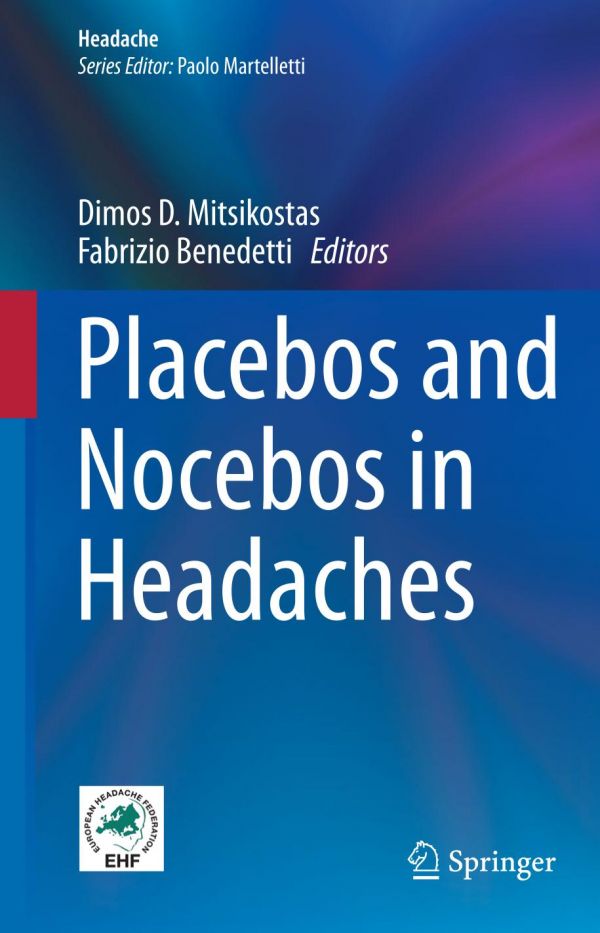

Most ebook files are in PDF format, so you can easily read them using various software such as Foxit Reader or directly on the Google Chrome browser.
Some ebook files are released by publishers in other formats such as .awz, .mobi, .epub, .fb2, etc. You may need to install specific software to read these formats on mobile/PC, such as Calibre.
Please read the tutorial at this link: https://ebookbell.com/faq
We offer FREE conversion to the popular formats you request; however, this may take some time. Therefore, right after payment, please email us, and we will try to provide the service as quickly as possible.
For some exceptional file formats or broken links (if any), please refrain from opening any disputes. Instead, email us first, and we will try to assist within a maximum of 6 hours.
EbookBell Team

5.0
60 reviewsThis book discusses the role of placebos and nocebos in the treatment of headache disorders. These disorders are usually treatable, but safety and tolerability issues mean that available preventive treatments have often limited success, even in the right hands – one in five patients treated with a migraine preventive pharmaceutical agent discontinues treatment for those reasons. The nocebo effect plays a role here, with patients’ negative expectation and previous unpleasant treatment experiences creating negative belief in the treatment’s benefits and safety, which in turn limits treatment outcomes and adherence significantly. In RCTs on migraine prevention, one in 20 patients treated with a placebo discontinued treatment because of adverse events, indicating a considerable nocebo effect; the fewer potential adverse events described in the consent form, the smaller the nocebo effect. As such, physicians treating headache sufferers should acknowledge nocebo as a significant cofactor for treatment adherence and failure, and plan techniques to limit the effects, such as patient education and close follow-up. This highly informative and painstakingly presented book provides scientific insights for professionals and scholars with an interest in internal medicine, neurology and pain medicine.